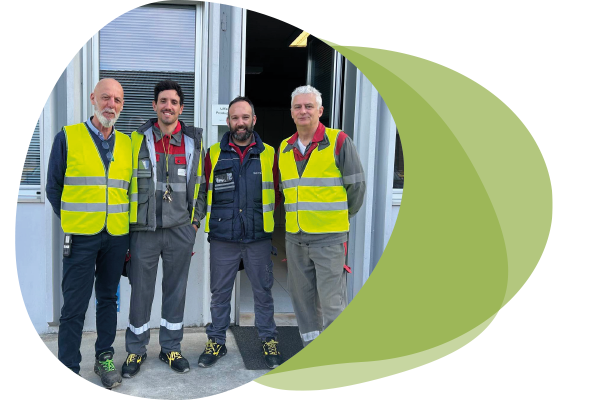
The carbon footprint of our products
The carbon footprint of our feed can differ significantly depending on the species, but also on the regions and markets where feed is produced and sold.
The shrimp and trout diets also contain more carbohydrates, which explains a slightly higher carbon footprint due to this type of ingredients, despite carbohydrates generally contributing a lower specific footprint compared to for example most vegetable proteins or oils.
Vegetable oils play a similar significant role in salmon diets as in the trout diet, both in terms of volume but also carbon footprint. Despite similar inclusion of vegetable oil used for example in the Canadian salmon diet and in the Italian trout diet, the oil in Italy is sourced from the European market while in Canada most is sourced locally and linked to a lower carbon footprint (in total, but also land use change related). For the Italian diet, the carbon footprint linked to ingredient transport to the plant is lowest across all diets presented, as most ingredients are sourced within Europe.


Next: Initiatives from our Operating Companies
Learn more about some of our sustainability initiatives around the world.

